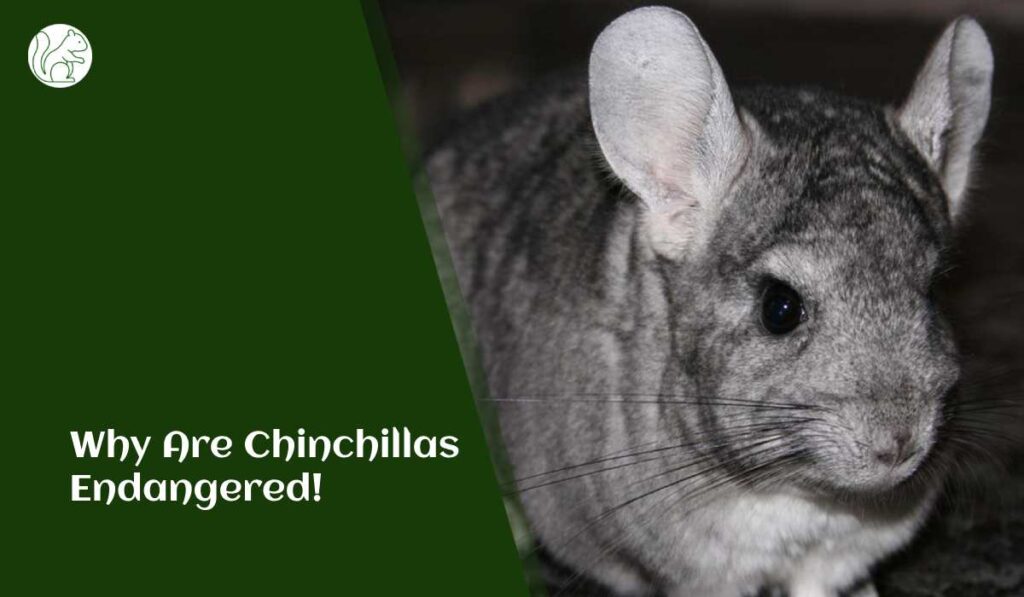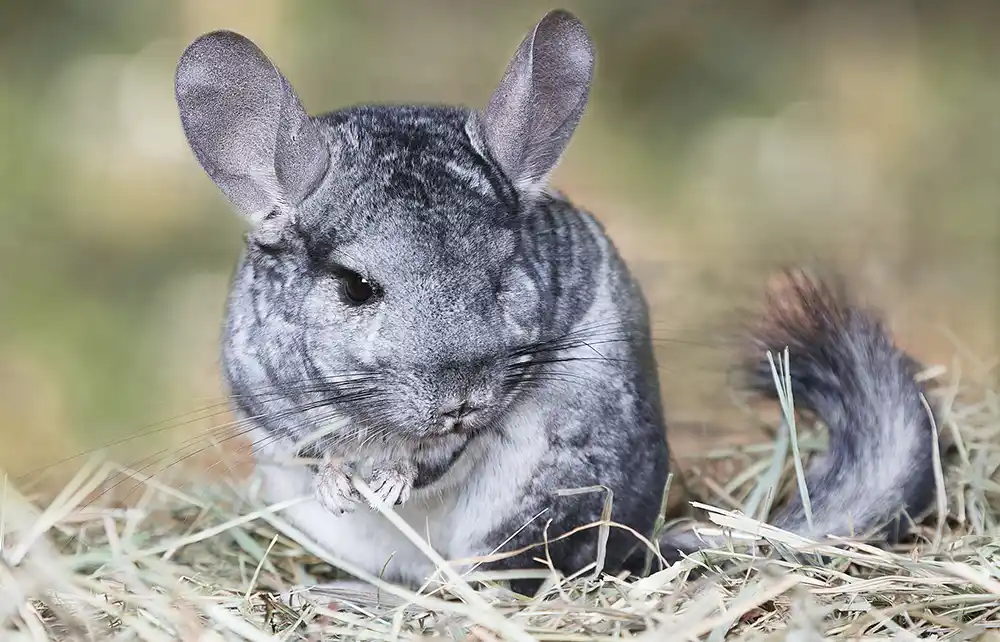Chinchillas, with their soft fur and lively personalities, have captured the hearts of many as charming and unique pets. However, these adorable creatures face a concerning reality – they are endangered. In this article, we’ll delve into the reasons behind the endangerment of chinchillas and explore the efforts being made to protect and conserve these fascinating animals.

The Basics of Chinchillas
Chinchillas are small rodents native to the Andes Mountains in South America. Known for their incredibly dense and soft fur, they are highly sought after in the fur industry. Their fur is so lush that around 150 chinchillas were historically required to make a single fur coat. This unregulated hunting and fur trading significantly contributed to their initial decline in population.
Habitat Destruction and Fragmentation
One of the primary reasons for the endangerment of chinchillas is habitat destruction. Human activities such as deforestation, mining, and urbanization have led to the destruction and fragmentation of their natural habitats. As their habitats shrink and become isolated, chinchilla populations struggle to find sufficient resources and suitable breeding grounds. This has a direct impact on their ability to thrive and reproduce.
Illegal Poaching and Trade
The fur of chinchillas has been a highly prized commodity for decades, leading to rampant poaching and trade. Despite international regulations and bans on chinchilla fur trade, illegal activities continue to threaten their survival. These creatures are often captured from the wild and kept in poor conditions for breeding purposes. The demand for chinchillas as pets further exacerbates the problem, as capturing them from the wild disrupts their fragile populations.
Competition with Livestock
Livestock grazing in chinchilla habitats poses another significant threat. Chinchillas are herbivores that primarily feed on native vegetation. As livestock consume the same vegetation, the competition for food resources intensifies. Additionally, livestock can trample their burrows and disturb their habitat, further compromising their chances of survival.

Disease and Predation
Introduced diseases and predators have also taken a toll on chinchilla populations. Chinchillas have evolved in isolation, making them highly susceptible to new diseases brought in by humans or other animals. Moreover, introduced predators like domestic dogs and cats have become a threat to their survival, as chinchillas lack the evolved defenses to effectively evade or fight them off.
Lack of Awareness
A lack of public awareness about the plight of chinchillas has hindered conservation efforts. Many people are simply unaware of the challenges these animals face or the importance of preserving their habitats. Raising awareness can play a significant role in garnering support for chinchilla conservation.
Slow Reproduction
Chinchillas have a slow reproductive rate, with females giving birth to only one or two offspring per year. This slow pace of reproduction makes it challenging for their populations to recover from declines caused by various threats. Even small disturbances can have long-lasting impacts on their numbers.
Conservation Efforts
To counteract the decline of chinchilla populations, several conservation efforts are underway. These include:
- Habitat Protection: Establishing protected areas and reserves where chinchillas can live without the fear of habitat destruction.
- Breeding Programs: Captive breeding programs aim to increase chinchilla numbers for potential reintroduction into the wild.
- Community Involvement: Engaging local communities in conservation efforts helps raise awareness and encourages responsible behavior towards chinchilla habitats.
- Regulation and Enforcement: Strengthening regulations against poaching and illegal trade is crucial for reducing the pressure on wild populations.
Conclusion
Chinchillas are undeniably facing a challenging road to survival. From habitat loss to poaching and disease, their struggles are numerous and complex. However, through dedicated conservation initiatives and awareness campaigns, there is hope for the survival of these endearing creatures. By addressing the various threats they face and working collectively, we can ensure that chinchillas have a fighting chance at a secure and thriving future.
